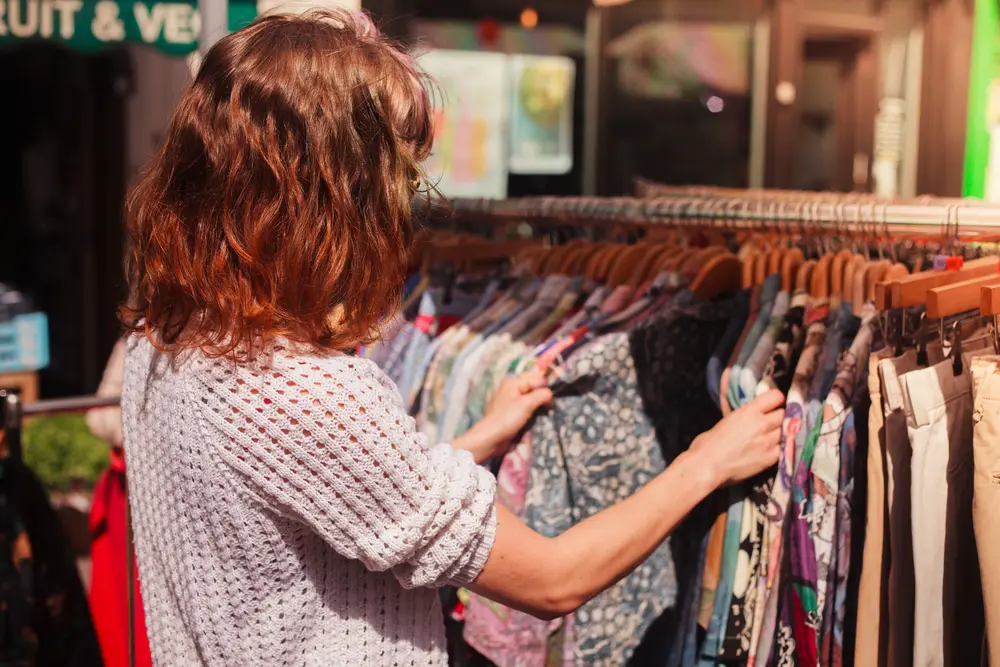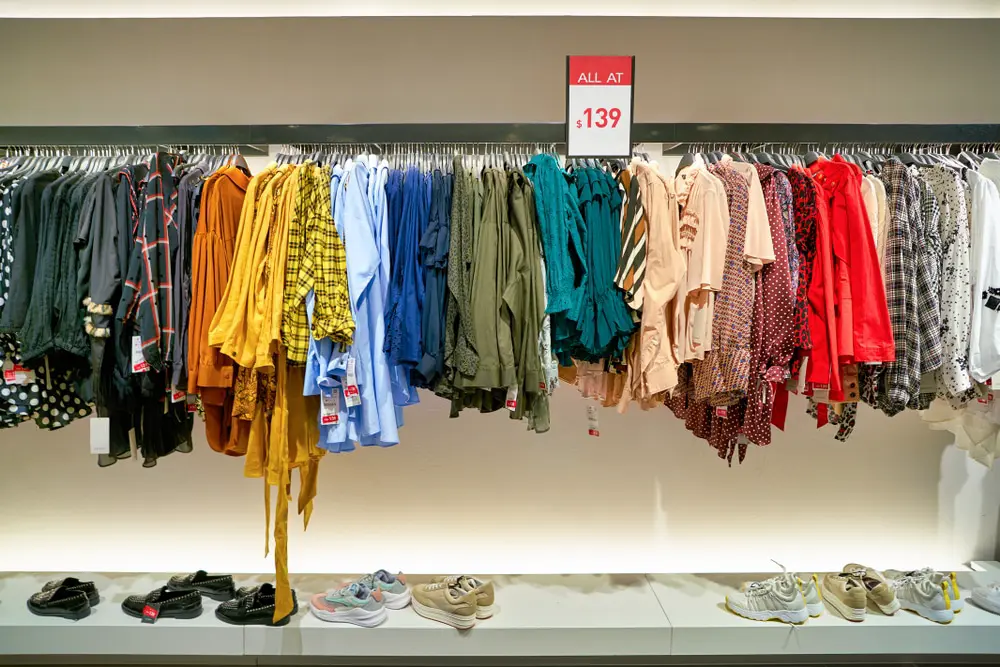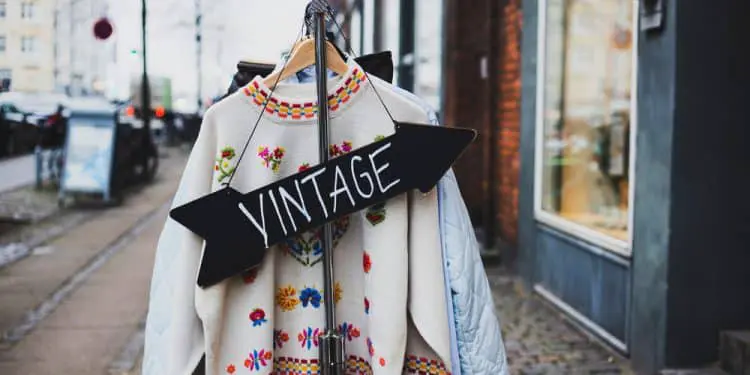Vintage clothing has seen a real rise in popularity in the last 5-10 years. By vintage, we mean clothes that are second-hand and thrifted and usually which were made less recently than 10-15 years ago.
It started off as something that was a staple in the “hipster” and “alternative’ scenes of fashion, but it is now something much more widespread in the world of fashion, being popular with more people than ever, particularly young people.

Vintage clothing is sold online with the usual suspects such as eBay and Depop but there now are specific online shops dedicated to the selling of “unique” vintage clothing. In brick and mortar stores, too, there are more shops dedicated to this line of clothing than ever before.
Which is great, right?
Buying second-hand clothing is great for the environment. The environmental damages of fast fashion are absolutely huge. Even the water it takes to make one new pair of jeans is disproportionally massive to the pleasure or convenience achieved from that pair of jeans. Buying second-hand or thrifted clothing helps keep the amount of new clothing manufactured and sold down and it combats these environmental damages caused by the creation and manufacturing of new clothing on such large levels.

Vintage clothing is also great because it helps keep old fashion trends alive and it helps keep the field of fashion diversified and fun.
However, a lot of vintage clothing now sold is no longer actually vintage.
Because of the extreme popularity of the vintage clothing trend, many companies, stores and individual vendors have capitalised on this and started new clothing lines under the “vintage” umbrella. Many stores that do otherwise sell second-hand clothes also now sell their own brand of “vintage” clothing based on old trends and styles.
These sell well too and so, it completely defeats the purpose.
Of course, clothing brands are not prohibited from selling clothes that resemble styles and trends that came out decades ago, that is not the point we are trying to make here.
But the “vintage” stores have had made the name on the foundation of selling thrifted clothes and now no longer do so entirely are changing the field of vintage clothing to mean something new entirely. This has also meant skyrocketed prices across the board, of course.

The trend has sold out and it has lost its roots.
At its core, vintage clothing should be authentic and should be rooted in sustainability and recycling.
If you want to keep buying vintage clothing in a way that is as sustainable and ethical as possible, stick to stores that are truly for thrifting. Buy second-hand, buy from garage sales, buy from local markets, buy from independent and authentic sellers.
Don’t let vintage die out and don’t let it become fast fashion’s next victim.
Buy local, buy thrifted, buy true vintage. Please.

